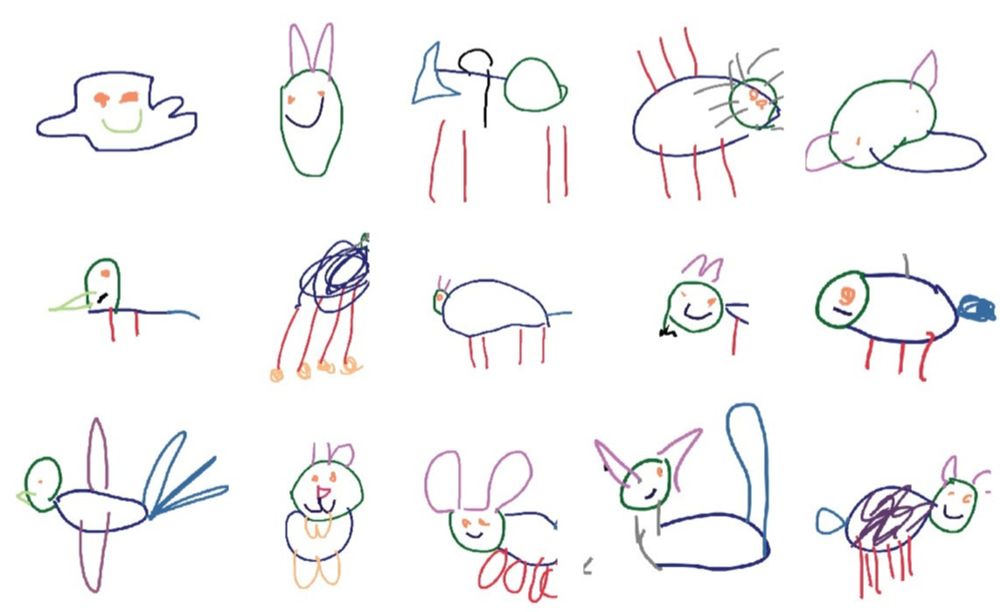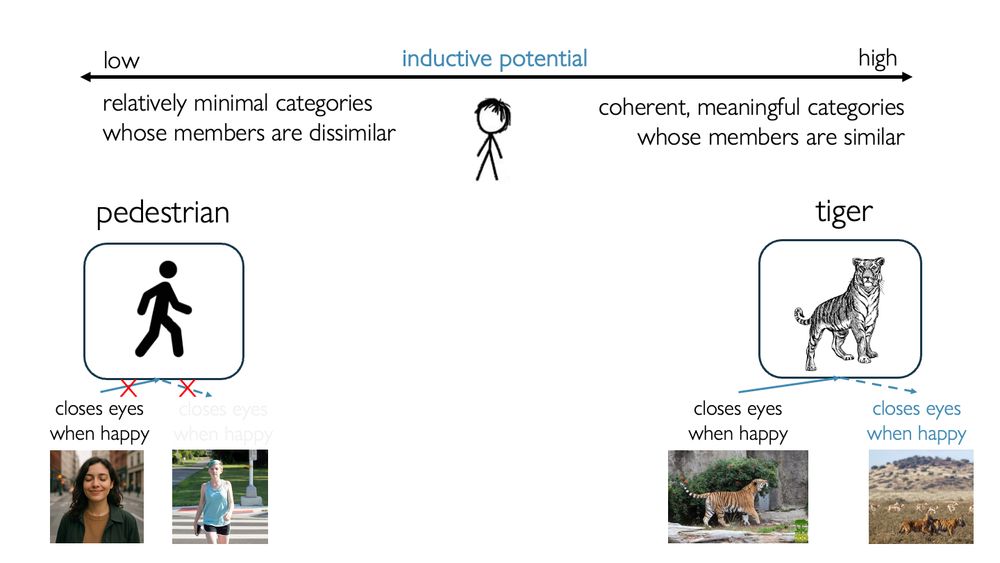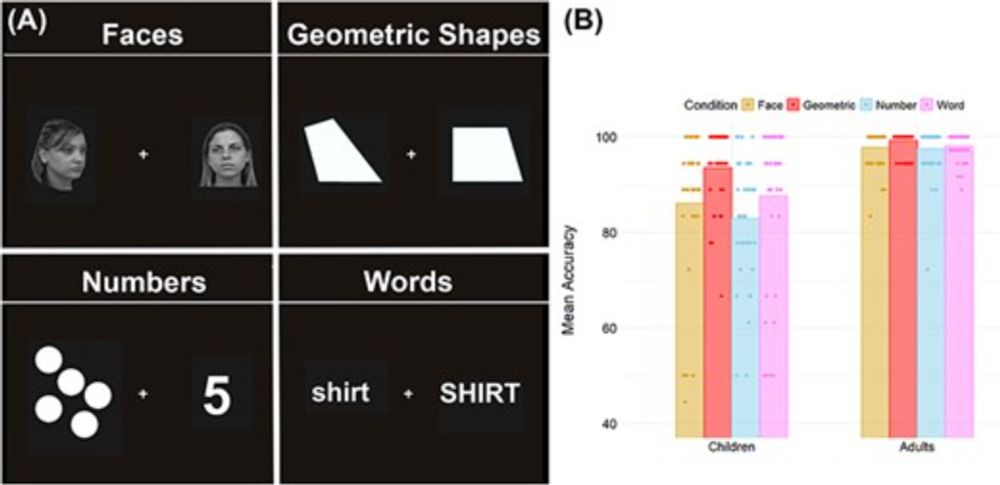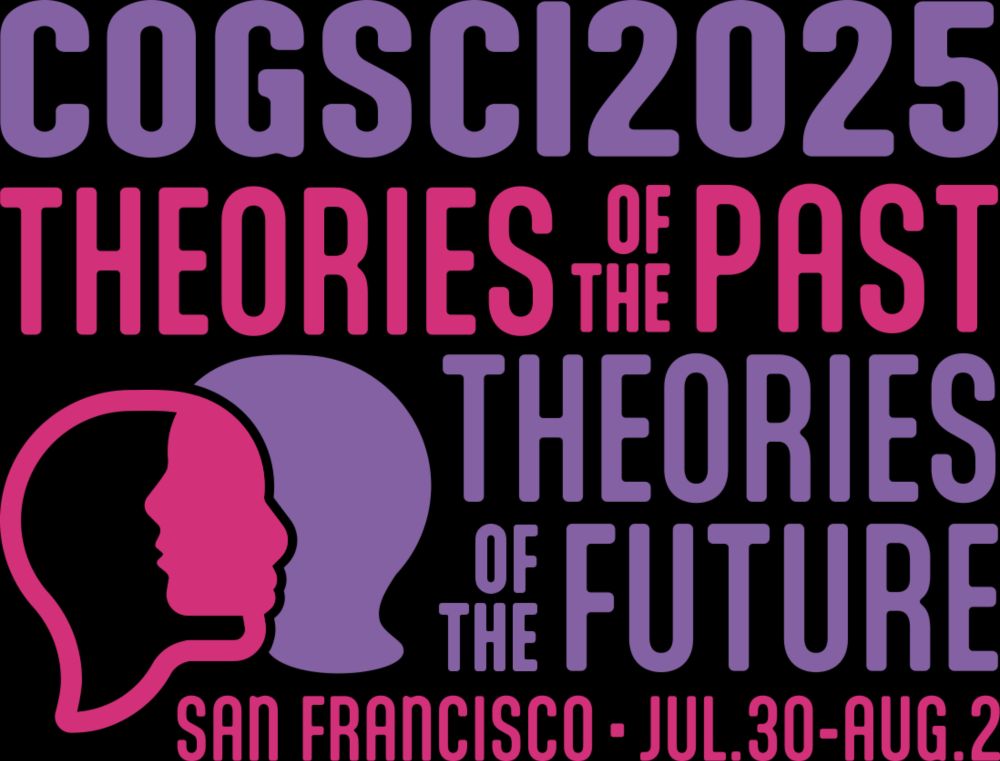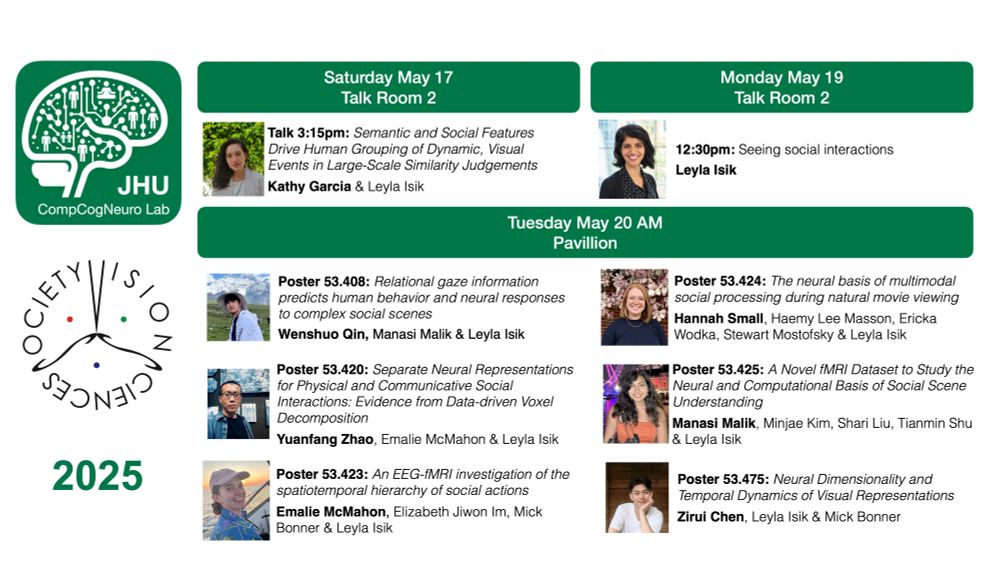Elizabeth Jiwon Im
@imelizabeth.bsky.social
140 followers
130 following
9 posts
🌲 PhD student at Stanford
🧠 Intersection of developing brain, visual experience, and computational models
🐦 Johns Hopkins alum
imelizabeth.github.io
Posts
Media
Videos
Starter Packs
Reposted by Elizabeth Jiwon Im
Reposted by Elizabeth Jiwon Im
Reposted by Elizabeth Jiwon Im
Reposted by Elizabeth Jiwon Im
Reposted by Elizabeth Jiwon Im
Reposted by Elizabeth Jiwon Im
Reposted by Elizabeth Jiwon Im
Dorit Kliemann
@doritkliemann.bsky.social
· Aug 27

Social inference brain networks in autistic adults during movie-viewing: functional specialization and heterogeneity - Molecular Autism
Background Difficulty in social inferences is a core feature in autism spectrum disorders (ASD). On the behavioral level, it remains unclear whether reasoning about others’ mental states (Theory of Mi...
link.springer.com
Reposted by Elizabeth Jiwon Im
Reposted by Elizabeth Jiwon Im
Reposted by Elizabeth Jiwon Im
Adani Abutto
@adani.bsky.social
· Aug 27
Reposted by Elizabeth Jiwon Im
Reposted by Elizabeth Jiwon Im
Reposted by Elizabeth Jiwon Im
Hyunwoo Gu
@hyunwoogu.bsky.social
· Jul 29
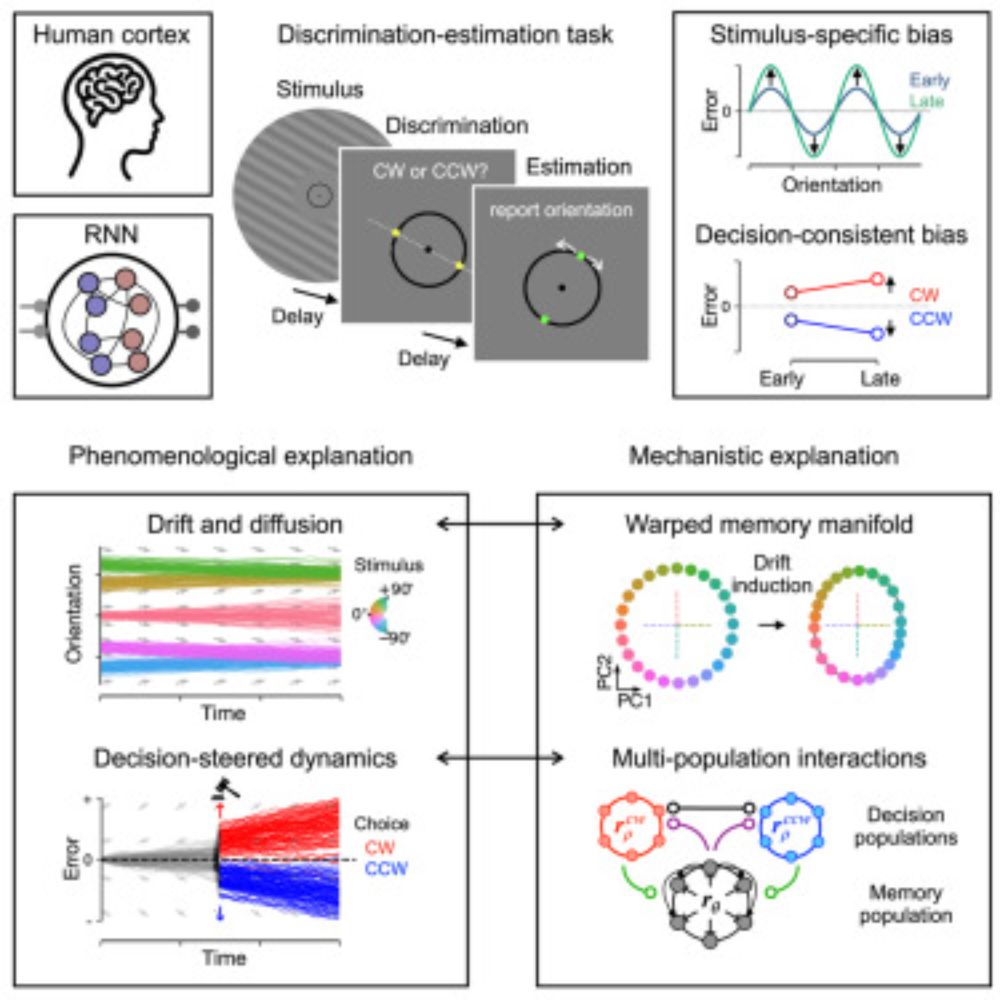
Attractor dynamics of working memory explain a concurrent evolution of stimulus-specific and decision-consistent biases in visual estimation
People exhibit biases when perceiving features of the world, shaped by both external
stimuli and prior decisions. By tracking behavioral, neural, and mechanistic markers
of stimulus- and decision-rela...
dlvr.it
Reposted by Elizabeth Jiwon Im
Reposted by Elizabeth Jiwon Im
Reposted by Elizabeth Jiwon Im
Reposted by Elizabeth Jiwon Im
Reposted by Elizabeth Jiwon Im
Reposted by Elizabeth Jiwon Im
Reposted by Elizabeth Jiwon Im
Emily Finn
@esfinn.bsky.social
· May 9
Reposted by Elizabeth Jiwon Im

